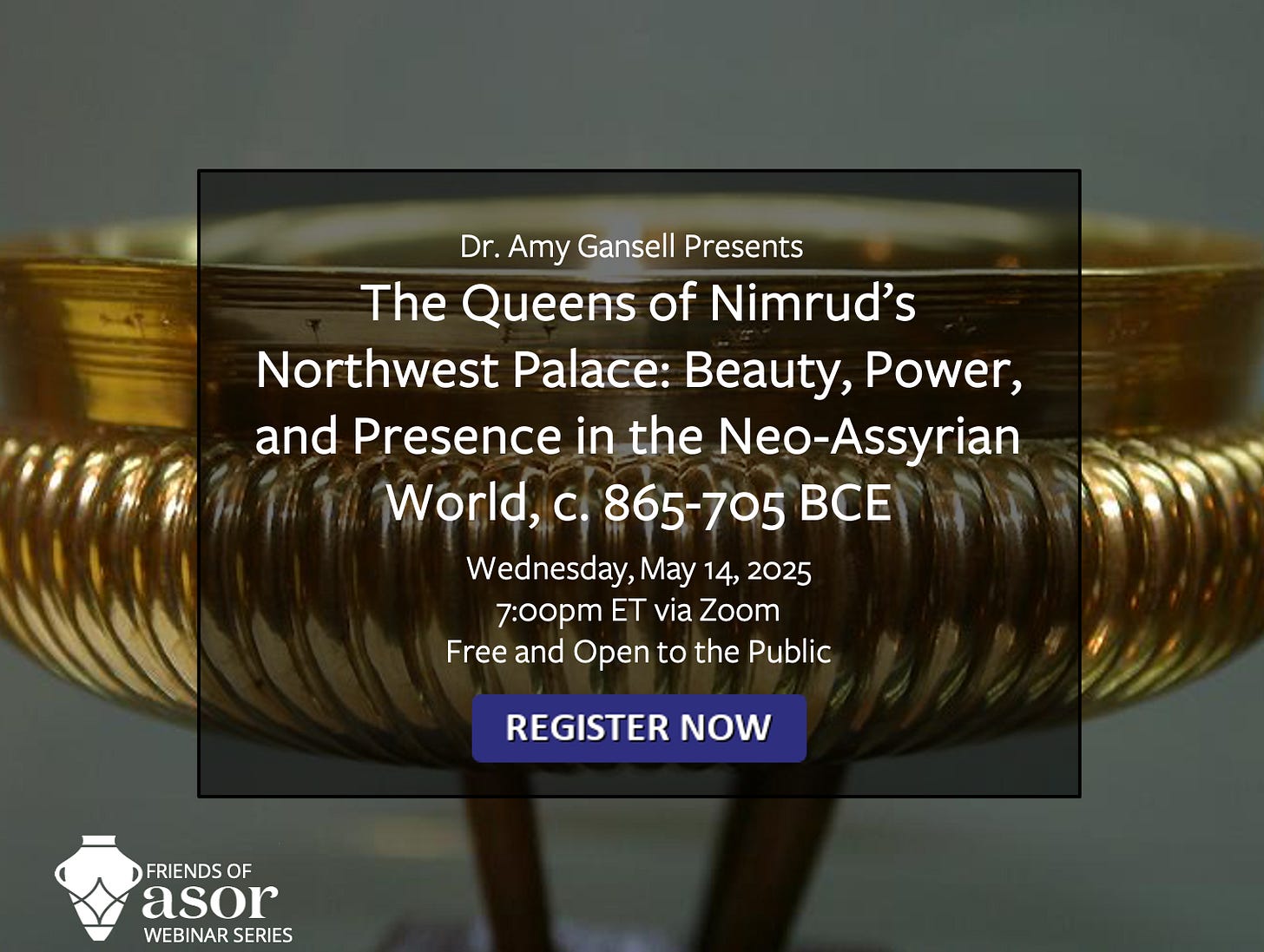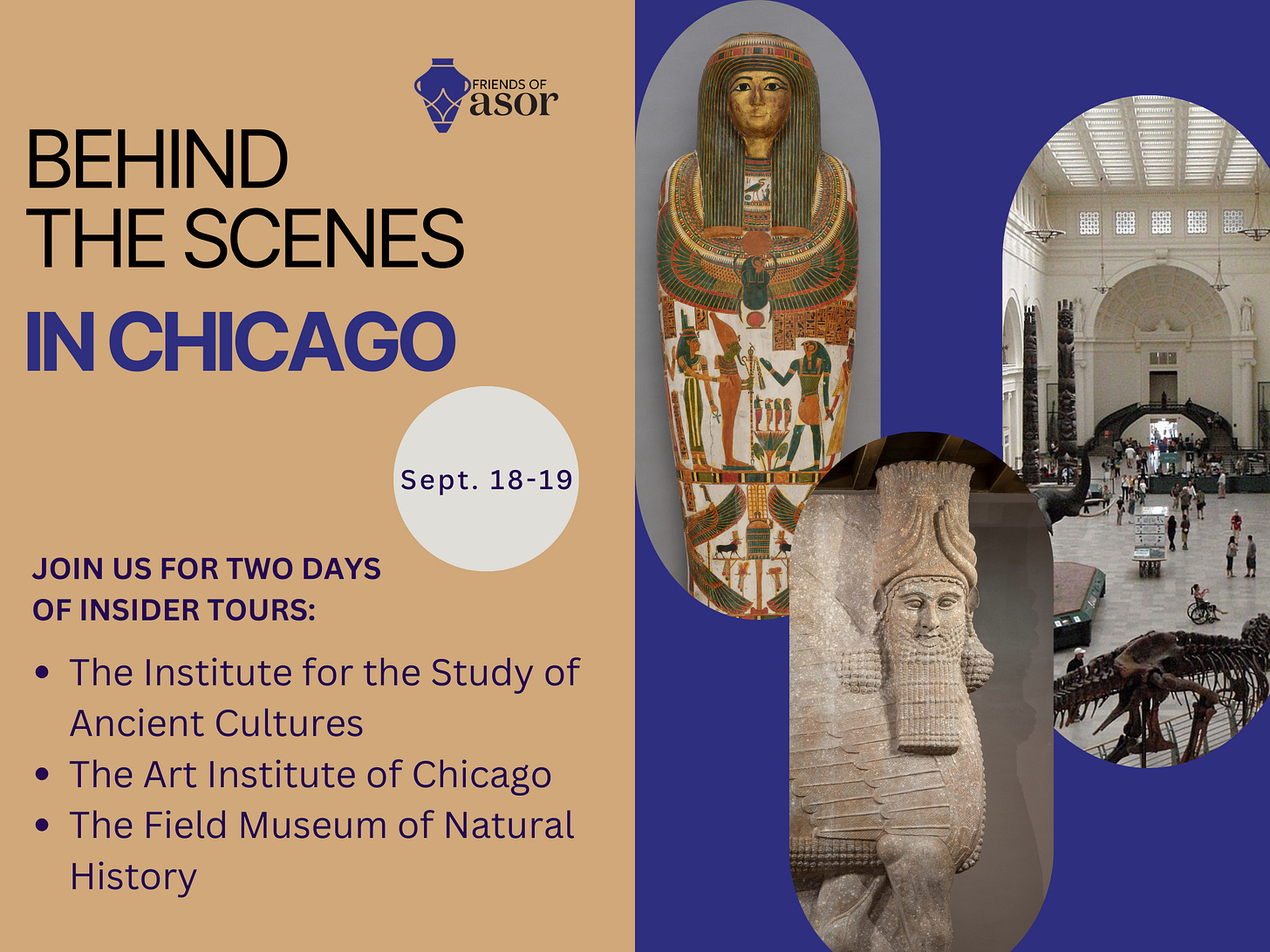ANE Today, 1 May 2025
The Study of Disability in Ancient Egypt and Beyond, The Queens of Nimrud’s Northwest Palace, our Object of the Week, plus the usual round-up of news, books, and other media.
The Study of Disability in Ancient Egypt and Beyond
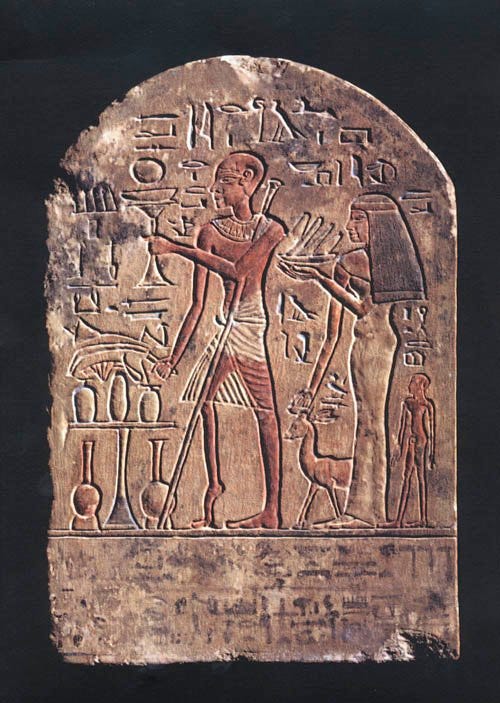
By Alexandra F. Morris
Disability has always been a part of human history, including in ancient Egypt. In fact, due to the environment in Egypt, such as the arid desert in which the ancient Egyptians built their tombs, we arguably have more evidence for disability than in many other ancient cultures. However, until recently (the past 10 years), the subject has rarely been studied in Egyptology or in a broader ancient world studies context. This has resulted in an entire minority group being erased from history and an incomplete, dehumanized understanding of our ancient past. When it has been mentioned at all, disability has been most cited in studies of human remains. However, due to medical model framing, which tends to study a person as if their sole relevance is the existence of a disease, disability is rarely explicitly mentioned or acknowledged with its full implications.
Friends of ASOR Webinar: Amy Gansell on May 14
Join us for the last FOA Webinar of the season: "The Queens of Nimrud’s Northwest Palace: Beauty, Power, and Presence in the Neo-Assyrian World, c. 865–705 BCE," presented by Dr. Amy Gansell on May 14, 2025, at 7:00 pm ET. Nearly three thousand years ago, at the ancient site of Nimrud, a succession of ten Neo-Assyrian kings reigned in collaboration with their queens from the magnificence of the Northwest Palace, the seat of the empire and center of their world. Too often overshadowed by the well documented legacy of Neo-Assyrian kings, this presentation illuminates the queens who reigned with them. Piece by piece, and layer by layer, across about 150 years of evidence, we discover the beauty, power, and presence of Nimrud’s Northwest Palace queens in life, death, and for eternity.
Read more about Dr. Gansell's talk and register here.
In the News:
A rise in exotic goods: When Jerusalem was an Assyrian vassal (The Jerusalem Post)
This facility once produced Tyrian purple on a grand scale (Artnet)
Who were the Carthaginians? Ancient DNA study reveals a stunning answer (Haaretz)
Remains found in Great Tumulus of Vergina not Philip II of Macedon, new analysis finds (phys.org)
Object of the Week:
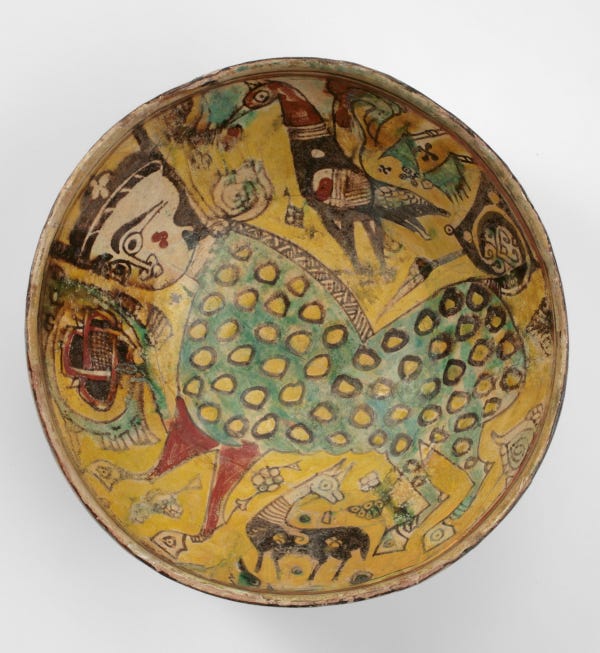
New Books to Explore:
Triumph and Betrayal: Assyria’s Path to Empire, 935-745 BC, by Alexander Johannes Edmonds (open access!)
Monarchies and the Organization of Power: Ancient Egypt and Babylonia Compared (2100-1750 BCE) by Juan Carlos Moreno García and Seth Richardson (free to download until May 12!)
The Library of Ancient Wisdom: Mesopotamia and the Making of the Modern World, by Selena Wisnom
Scribal Representations and Social Landscapes of the Iron Age Shephelah, by Mahri Leonard-Fleckman
Divination and Philosophy in the Letters of Paul, by Matthew T. Sharp
Frontiers, Territories and the Making of Hittite Political Landscapes, by Alvise Matessi
Museum Exhibits:
Latest Podcasts:
Do We Really Have Beer to Thank for the First Writing and Cities? (Gastropod)
Disruptive Transfers of Power (Ancient/Now)
Latest YouTube:
Ugarit: City of Baal (Dig. Archaeological Education)
The Astronomical Secret of Tutankhamun’s Space Dagger’ (BBC Timestamp)
Consider taking this short survey to give us feedback on ANE Today.
In Case You Missed It:
The Amorites: Rethinking Approaches to Corporate Identity in Antiquity
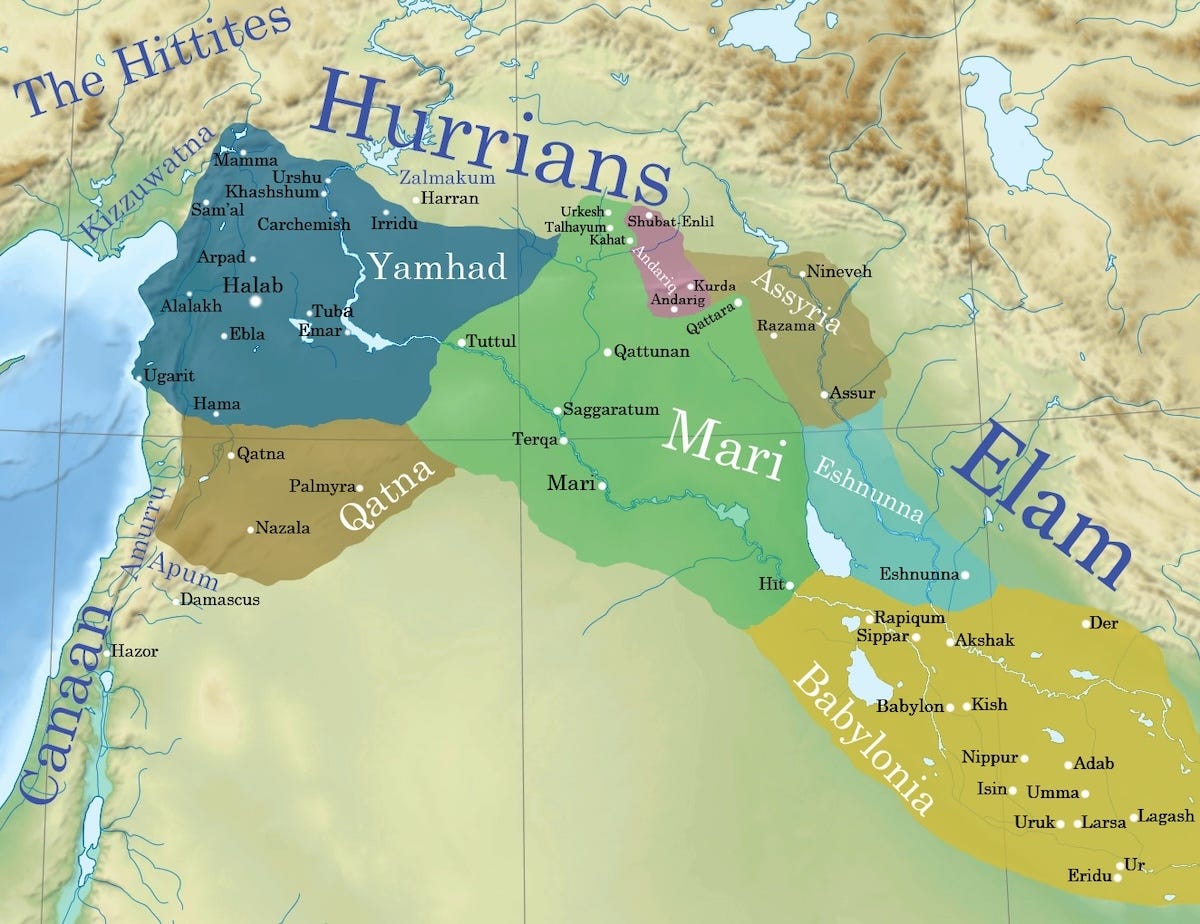
By Aaron A. Burke
Most of our approaches to identity in antiquity fixate upon a binary, constructed in modern scholarship. But individuals embrace multiple collective identities, whether social, ideological, or kin-related. So how should we approach the complexity of such identities in antiquity? Read more here.
Friends of ASOR Chicago Tour
Registration is now open for the first Friends of ASOR tour in Chicago! Join us on September 18 and 19 for an exclusive behind-the-scenes experience. We will be kicking off our two-day jaunt on September 18 with the grand opening of a special exhibit on Megiddo at the iconic Institute for the Study of Ancient Cultures, followed by a walking tour of monuments and landscapes passing through Grant Park, the Museum Campus, and the Gold Star Families Memorial. On Friday, September 19, we will visit the Greek, Roman, and Egyptian galleries at the impressive Art Institute of Chicago to explore significant new developments and to learn about material little seen by the public. After lunch, we’ll continue our tour to the renowned Field Museum of Natural History, home to the largest and most complete Tyrannosaurus rex skeleton of its kind, among remarkable collections and exhibitions. Registration and details can be found here.
NEA 88.1 (March 2025)
The March issue of Near Eastern Archaeology 88.1 includes fascinating articles such as: From Seasonal Hunting Base to Permanent Settlement: Insights from the High-altitude Hormangan Site; Tappeh Ziar: A Chalcolithic Site along the Zayandeh Rud River Basin (ZRB) in Isfahan, Iran; Art as the Child of Nature: Investigating the Interplay between Human Society, Environment, and Artistic Production in Prehistoric Bronze Age Cyprus; Ayios Iakovos-Dhima, Ideological Stake-Claiming, and Social Reproduction in Northeast Cyprus in the Late Bronze Age; and more. View the Table of Contents here.
Enjoy what you’re reading? Consider supporting ANE Today through a once-off or recurring donation to ASOR.
Published with the assistance of The Lanier Theological Library and Stevan Dana



